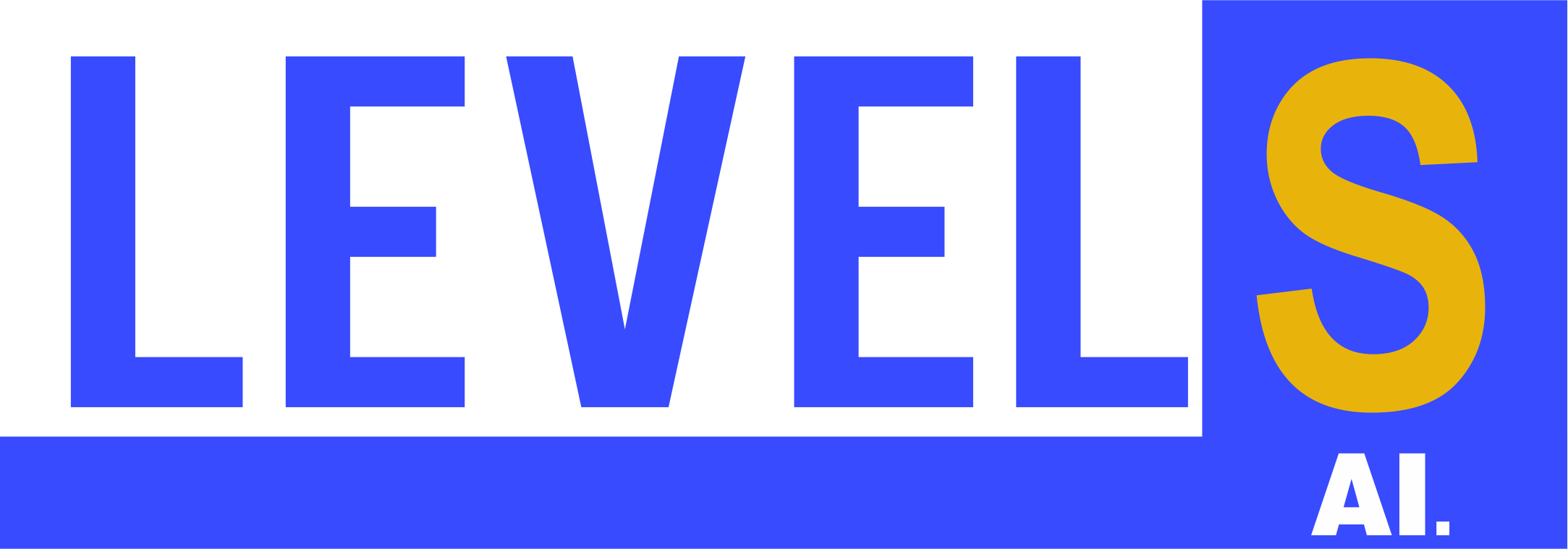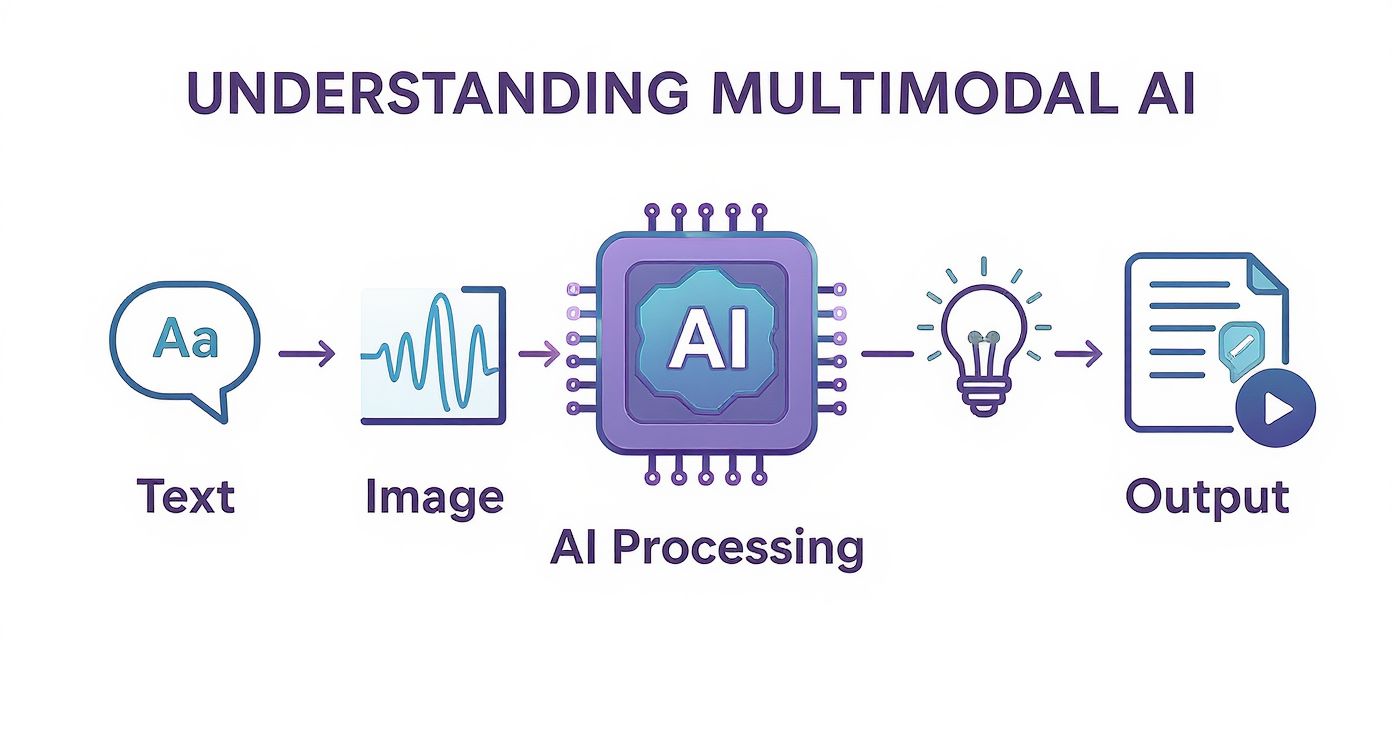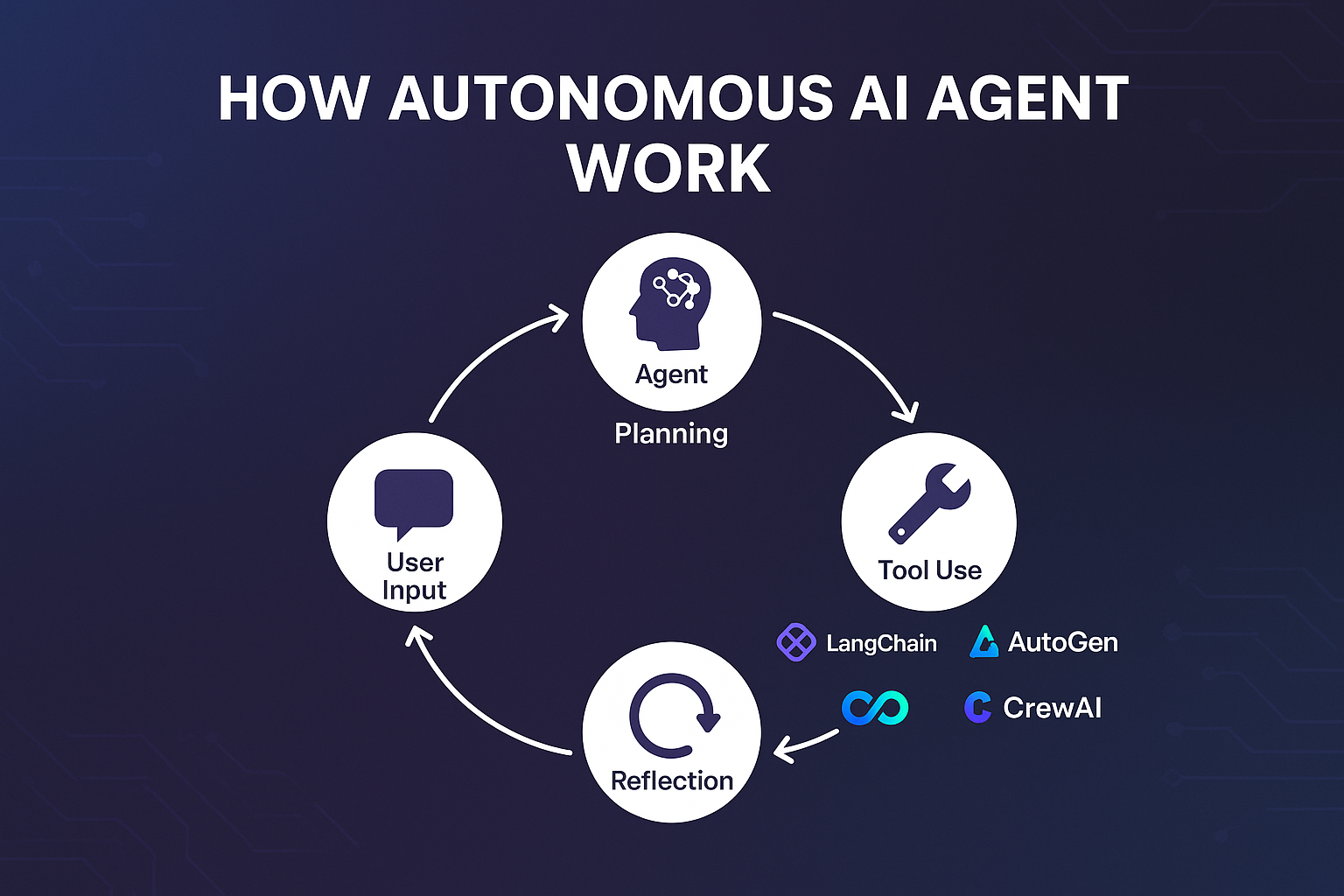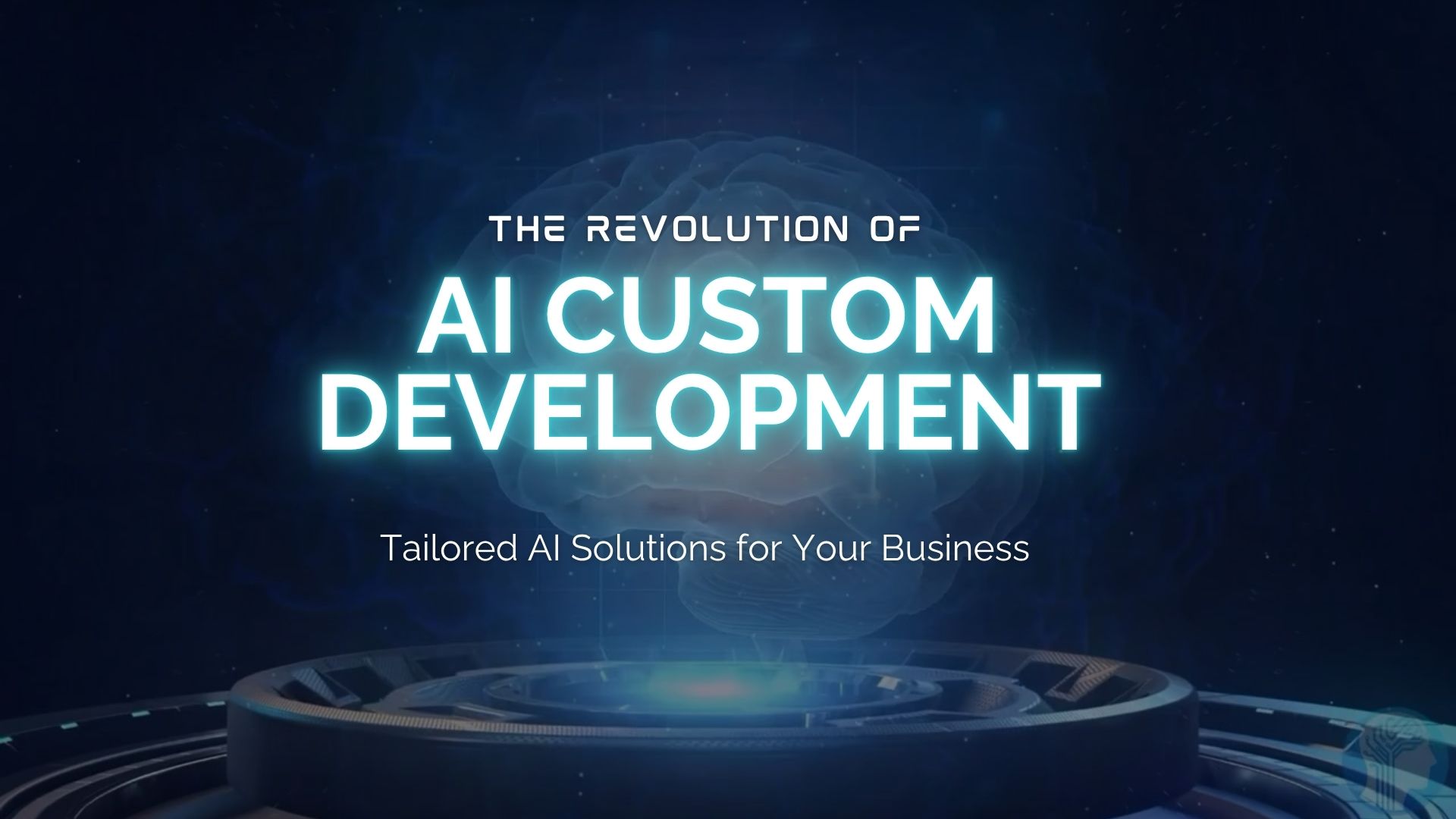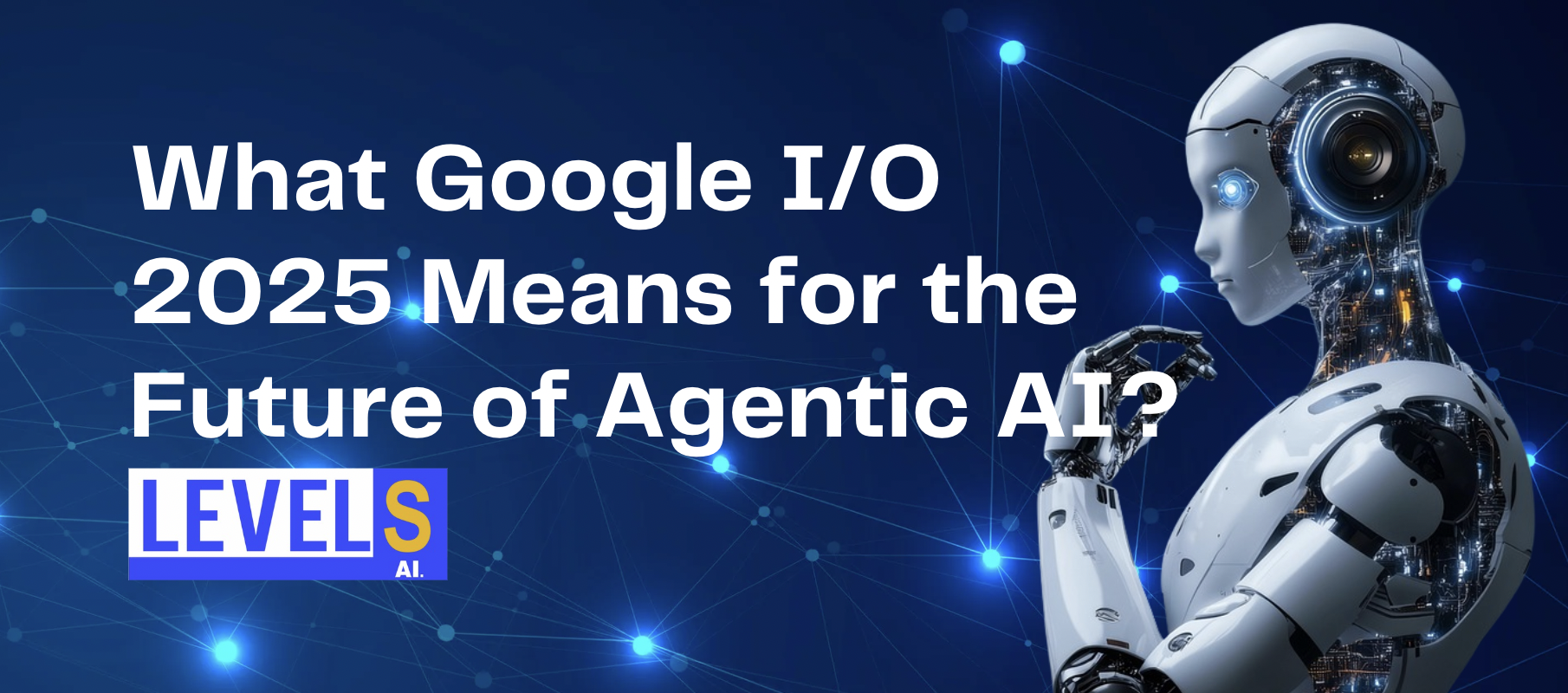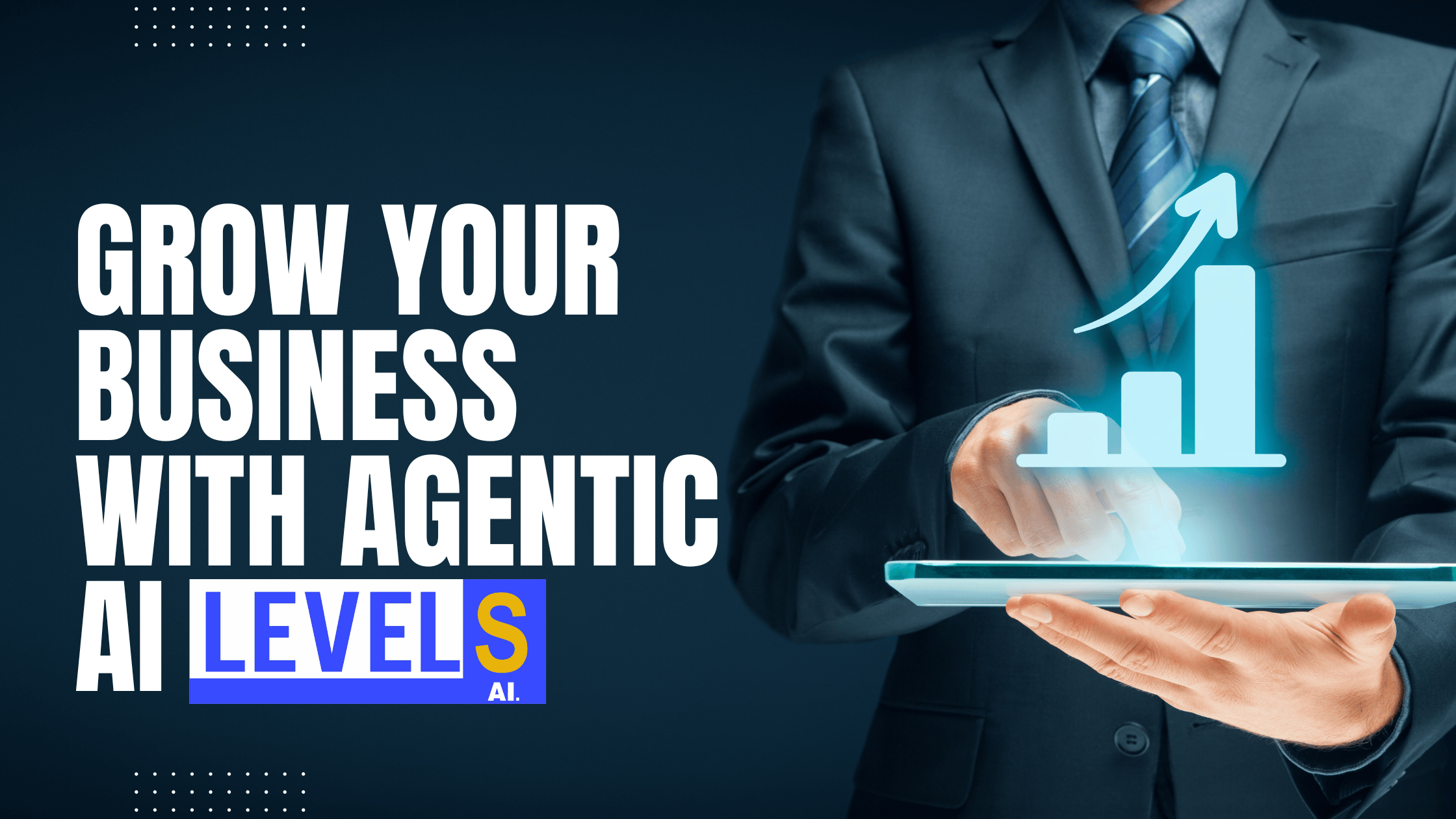- 14 Oct, 2025
- LevelsAI Insights
Have you ever wondered how self-driving cars “see” the road or how your phone recognizes your face instantly? That’s all thanks to computer vision services. But beyond these high-tech examples, computer vision is quietly revolutionizing businesses of all sizes, from small startups to enterprise giants. In this blog, we’ll explore how computer vision solutions and deep learning computer vision can optimize operations, enhance customer experiences, and unlock powerful insights from visual data.
What Exactly is Computer Vision?
Is this just a fancy camera trick?" you may be wondering. Not quite. Computer vision is a branch of artificial intelligence that teaches machines to interpret and understand visual data—photos, videos, live camera feeds—in ways that were once only possible for humans. Think of image recognition services that automatically tag products in a store. Or AI image recognition software that scans medical images to detect anomalies. At its core, deep learning computer vision uses neural networks to mimic human perception, allowing machines to detect patterns, classify objects, and make intelligent decisions.
Why Businesses are Adopting Computer Vision Solutions
You might wonder, “Why do I need this for my business?” Here’s why:
1. Boost Efficiency and Automation Manually analyzing images or videos is slow and prone to error. With computer vision services, repetitive tasks—like inspecting products for defects or verifying documents—can be automated. That means faster operations and fewer human errors.
2. Enhance Customer Experience Retailers can now use image recognition services to create interactive shopping experiences. Imagine an app that lets customers snap a picture of a product and instantly find it online or in-store. That’s not just tech for the sake of tech—it drives sales.
3. Make Smarter Decisions Deep learning computer vision can analyze large datasets of images or video feeds, giving businesses insights they could never see before. From tracking foot traffic in a store to monitoring crop health in agriculture, the data is actionable and precise.
4. Strengthen Security and Compliance Facial recognition AI solutions are no longer just for sci-fi movies. Businesses can enhance security, monitor premises, or ensure compliance with safety regulations through AI-powered visual inspection.
How Do Computer Vision Solutions Work?
Let’s break it down in simple steps so it’s easier to understand:
- Data Collection: Cameras, sensors, or images feed into the system.
- Preprocessing: Raw data is cleaned, labeled, and prepared for analysis.
- Model Training: Deep learning computer vision algorithms learn to detect patterns, classify objects, or recognize faces.
- Deployment: The trained model is integrated into business workflows — whether on the cloud, edge devices, or on-premises systems.
- Continuous Improvement: Models improve over time with more data, making your computer vision solutions smarter and more accurate.
Some examples of applications:
- Manufacturing: AI-powered visual inspection identifies product defects before they reach customers.
- Healthcare: AI image recognition software scans radiology images to highlight anomalies.
- Retail: Image recognition services track inventory and analyze customer engagement.
- Transportation: Real-time object detection for autonomous vehicles.
Common Questions About Computer Vision
Can small businesses benefit from computer vision?
Absolutely! Even startups can leverage computer vision services for cost-efficient automation, inventory management, or customer experience enhancements. You don’t need to be a Fortune 500 company to benefit.
What distinguishes picture recognition from computer vision?
Computer vision solutions encompass all visual AI applications, including object detection, video analytics, and gesture recognition. Image recognition services are more specific — they identify and classify objects or patterns within images.
How accurate is deep learning computer vision?
With sufficient high-quality data, deep learning computer vision can achieve accuracy levels comparable to, or even surpassing, humans for tasks like defect detection or face recognition.
Why Partner With a Computer Vision Development Company
Choosing the right computer vision development company can make or break your project. Here’s what to look for:
- Custom Solutions: Off-the-shelf software often doesn’t fit unique workflows. Tailored computer vision solutions ensure optimal results.
- Scalable Models: Your AI should grow with your business.
- Expertise in Deep Learning: Look for a team experienced in deep learning computer vision algorithms and modern frameworks.
- Integration Support: The AI should work seamlessly with your existing tools, whether CRM, ERP, or custom dashboards.
Real-World Use Cases
- Retail & E-commerce: Visual search, shelf monitoring, dynamic pricing strategies.
- Healthcare: AI-assisted diagnostics, patient monitoring, medical image analysis.
- Manufacturing: Quality control, predictive maintenance, defect detection.
- Agriculture: Crop monitoring, yield prediction, pest detection.
- Security & Surveillance: Identity verification, anomaly detection, video monitoring.
How to Get Started
Consultation: Share your business goals and visual data requirements.
Proof-of-Concept: Build a small, measurable project to test accuracy and ROI.
Full Deployment: Scale computer vision solutions across your operations.
Continuous Optimization: Use feedback loops to enhance model performance over time.
Ready to Transform Your Business With Computer Vision Services?
From automating visual inspections to unlocking insights from images and videos, computer vision solutions empower businesses to operate smarter, faster, and safer. Whether you are a small business, startup, or enterprise in the USA, now is the time to leverage deep learning computer vision for measurable impact.
Contact us today to schedule a free consultation and see how AI can turn your visual data into actionable business intelligence.
FAQs
Q1: What are computer vision services?
Computer vision services help businesses implement AI-powered systems that can analyze and interpret visual data, enabling automation, better decision-making, and operational efficiency.
Q2: How do computer vision solutions differ from image recognition services?
Computer vision solutions cover the full spectrum of visual AI applications, including video analysis, object tracking, and gesture recognition, whereas image recognition services focus on identifying and classifying objects or patterns in images.
Q3: Is deep learning computer vision suitable for small businesses?
Yes! Small businesses can use deep learning computer vision to automate tasks, monitor processes, and gain insights, often saving time and reducing costs significantly.
